cell & molecular biology

Evading Obstacles in Cell Line Development
Sartorius | Jun 19, 2023 | 1 min read
Researchers need to start with a reliable process for commercial biopharmaceutical production in living cells.

Scientists Use Centrifuge to Discover a Hormone
Katherine Irving | Jan 23, 2023 | 3 min read
A new method for isolating extracellular fluid aims to discover molecules with therapeutic potential that were previously obscured by highly abundant proteins.
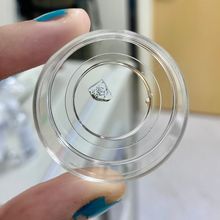
New Swelling Technique Makes Cells Visible to the Naked Eye
Kamal Nahas, PhD | Jan 19, 2023 | 4 min read
A new technique, called Unclearing Microscopy, physically inflates and then stains cells to circumvent the need for expensive microscopes.

Present Your Paper in The Scientist’s Journal Club
The Scientist Staff | Jan 9, 2023 | 1 min read
Apply today to share your cutting-edge research in The Scientist’s Journal Club.
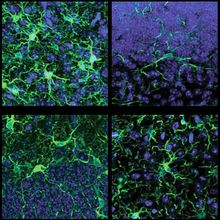
Mapping Tool Reveals Microglia’s Shape-Shifting Secrets
Angie Voyles Askham, Spectrum | Dec 14, 2022 | 4 min read
The approach could help test hypotheses about how atypical function of the brain’s immune cells contributes to autism.
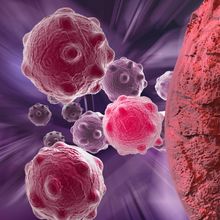
Cancer Cells Gather Speed in Thicker Fluids
Holly Barker, PhD | Nov 22, 2022 | 4 min read
Viscous solutions accelerate the migration of tumor cells and may enable metastasis, according to a new study.
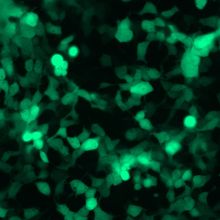
MicroRNAs Can Boost Gene Expression: Study
Holly Barker, PhD | Nov 15, 2022 | 3 min read
The tiny strings of RNA promote translation of a protein implicated in cancer, a hint they could regulate gene expression in more ways than previously thought.

Famed Neuroscientist Charles Stevens Dies at 88
Lisa Winter | Nov 9, 2022 | 3 min read
His work blended biology and the methods of theoretical physics to explain neural networks.
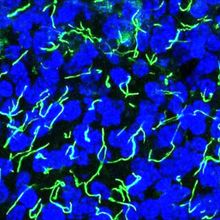
Pancreatic Cell Cilia Wiggle to Control Insulin Release
Shafaq Zia | Oct 6, 2022 | 3 min read
Tiny hairlike structures on pancreatic cells have long been considered static sensors. Now, researchers say they move and help regulate insulin secretion.
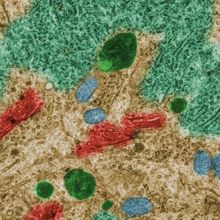
Scientists Uncover Major Pathway Cells Use to Mend Leaky Lysosomes
Holly Barker, PhD | Oct 6, 2022 | 3 min read
Damaged lysosomes are repaired by a lipid-based signaling pathway dubbed PITT that could be targeted to treat neurodegenerative disease, its discoverers say.
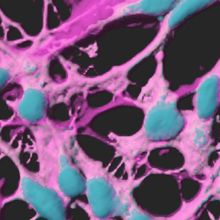
SARS-CoV-2 Could Use Nanotubes to Infect the Brain
Natalia Mesa, PhD | Jul 21, 2022 | 4 min read
Stressed cells can form hollow actin bridges to neighbors to get help, but the virus may hijack these tiny tunnels for its own purposes, a study suggests.
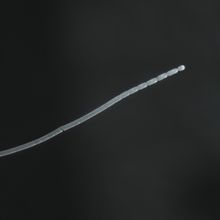
The Naked Eye Can Spy This Enormous Bacterium
Andy Carstens | Jun 24, 2022 | 2 min read
At about 2 centimeters in length, Thiomargarita magnifica tests scientists’ notions of how large microbes can grow.

The Advantages of 3-D Cell Culture
MilliporeSigma | Mar 29, 2022 | 1 min read
3-D cell culture narrows the gap between in vitro and in vivo.
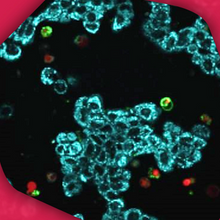
Why Might Cells Die or Fail to Thrive in Culture?
MilliporeSigma | Mar 29, 2022 | 1 min read
Learn more about cell culture best practices.

Cell Chirality Offers Clues to the Mystery of Body Asymmetry
Catherine Offord | Feb 1, 2022 | 10+ min read
Researchers explore the idea that molecular patterns in individual cells could underlie the development of a left and a right in animals.
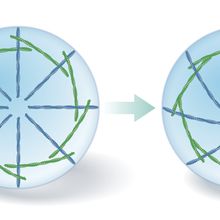
Infographic: The Emergence of Chirality in the Cell Cytoskeleton
Catherine Offord | Feb 1, 2022 | 1 min read
Researchers use imaging to show how actin fibers tilt and then swirl to create left-right asymmetry in the cell.
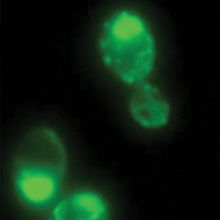
Protein Mediates Non-Genetic Inheritance of Growth Strategies
Catherine Offord | Jan 4, 2022 | 2 min read
An RNA-modifying enzyme passed to daughter cells during budding allows yeast cells to switch between faster- and slower-growing phenotypes.

Remembering Those We Lost in 2021
Lisa Winter | Dec 23, 2021 | 5 min read
As the year draws to a close, we look back on researchers we bid farewell to, and the contributions they made to their respective fields.
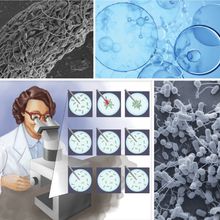
Our Favorite Cell and Molecular Biology Stories of 2021
Jef Akst | Dec 2, 2021 | 3 min read
Beyond The Scientist’s coverage of COVID-19’s molecular underpinnings were many other stories highlighting the advances made in scientists’ understanding of the biology of cells.
